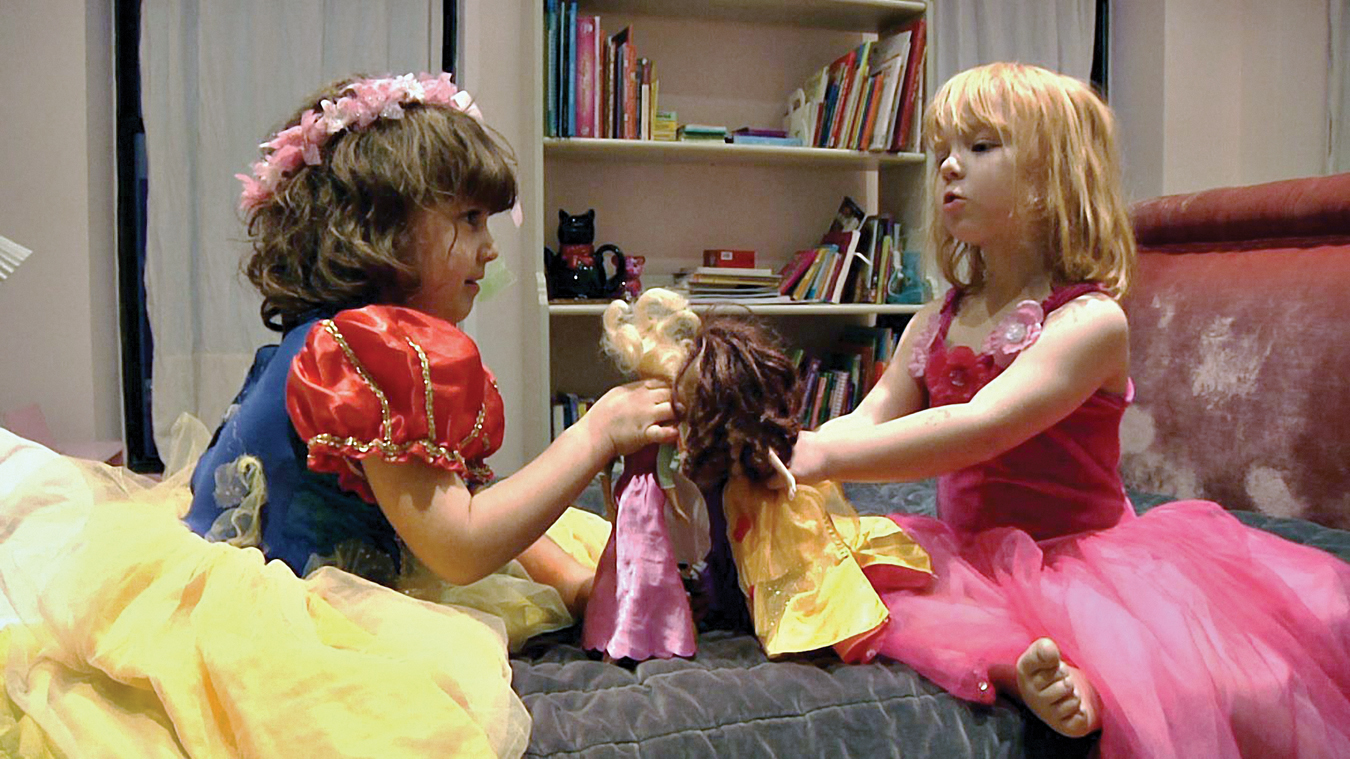Applications
Question 4.1
Children’s television programming is rife with stereotypes about ethnicity, gender, and morality. Watch an hour of children’s TV, especially on a Saturday morning, and describe the content of both the programs and the commercials. Draw some conclusions about stereotyping in the material you watched, citing specific evidence (rather than merely reporting your impressions).
Question 4.2
Gender indicators often go unnoticed. Go to a public place (park, restaurant, busy street) and spend at least 10 minutes recording examples of gender differentiation, such as articles of clothing, mannerisms, interaction patterns, and activities. Quantify what you see, such as baseball hats on eight males and two females. Or (better, but more difficult) describe four male-
female conversations, indicating gender differences in length and frequency of talking, interruptions, vocabulary, and so on. Question 4.3
Ask three parents about punishment, including their preferred type, at what age, for what misdeeds, and by whom. Ask your three informants how they were punished as children and how that affected them. If your sources all agree, find a parent (or a classmate) who has a different view.
ONLINE CONNECTIONS

To accompany your textbook, you have access to a number of online resources, including quizzes for every chapter of the book, flashcards (in English and Spanish), critical thinking questions, and case studies. For access to any of these links, go to www.worthpublishers.com/
- Children at Play. Watch video clips of children at play, identify the types of play you see, and review how each type contributes to children’s development.
- Bullying. With video clips of bullying, this activity covers physical and relational aggression, gender differences in bullying, and the impact on victims. It presents causes and preventive measures.